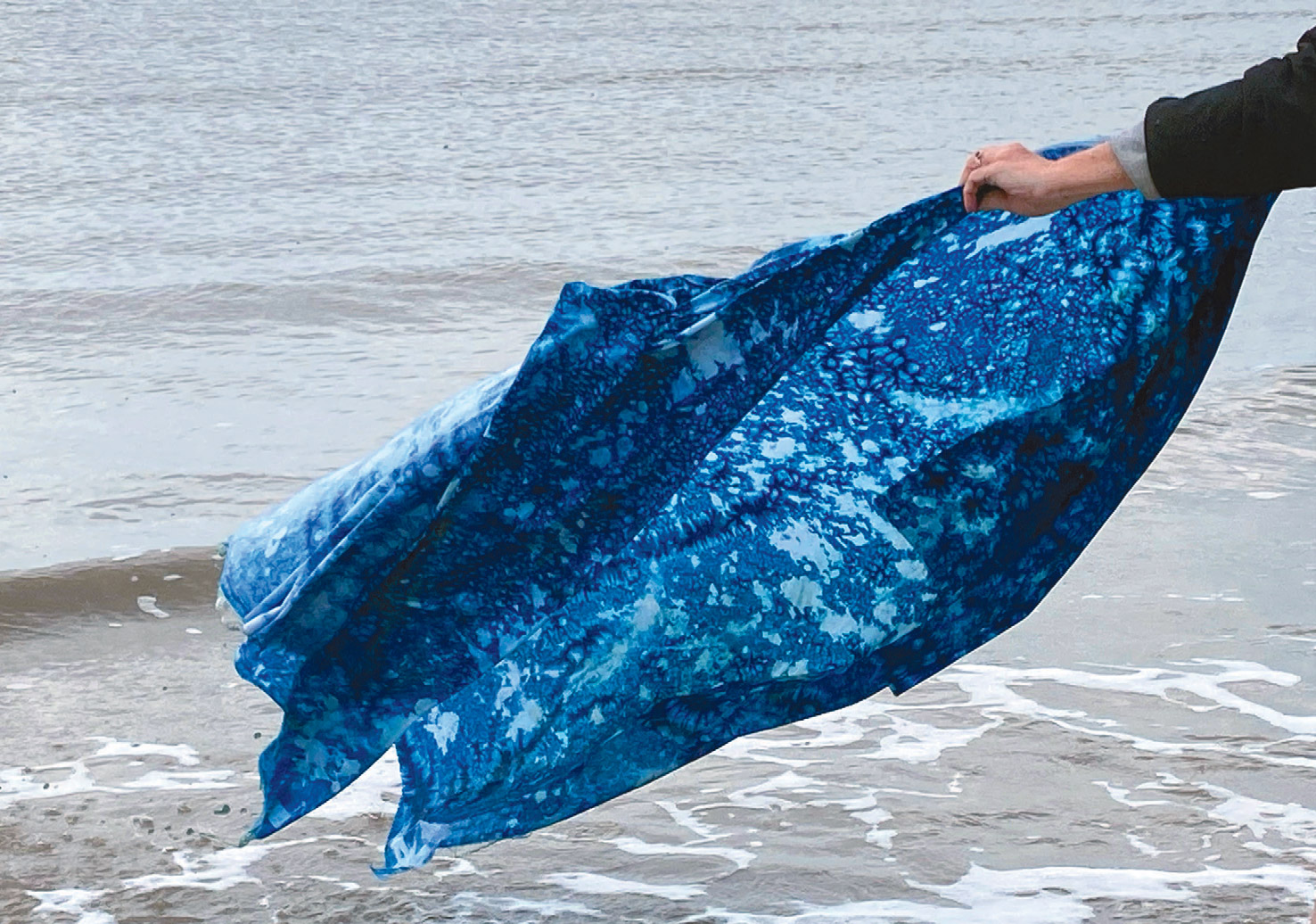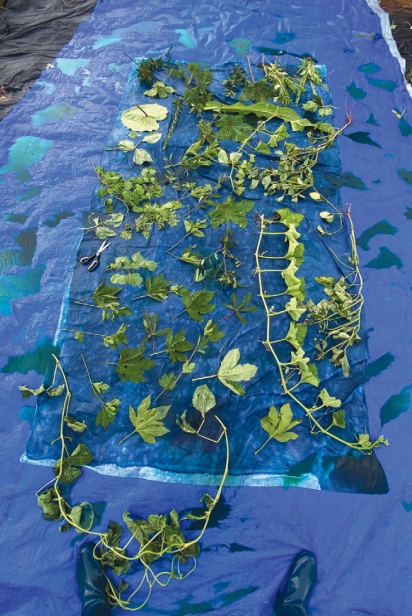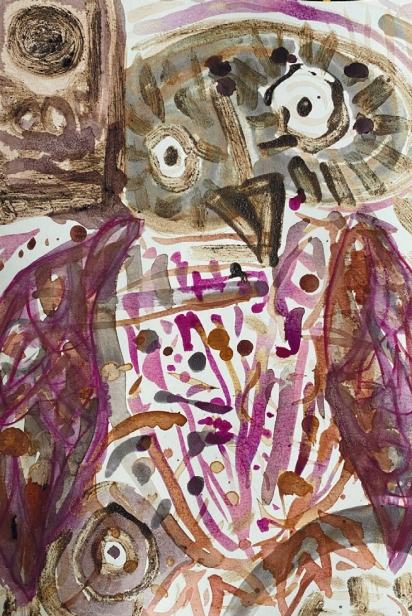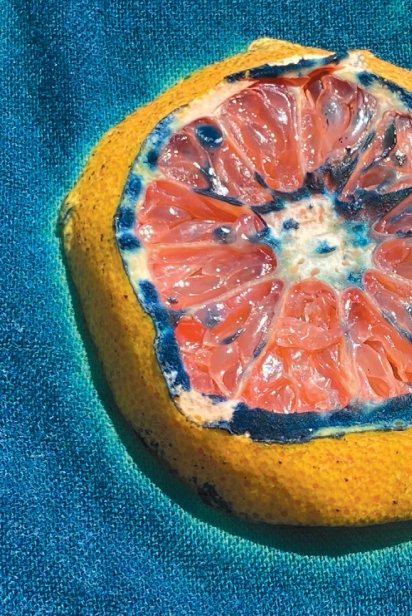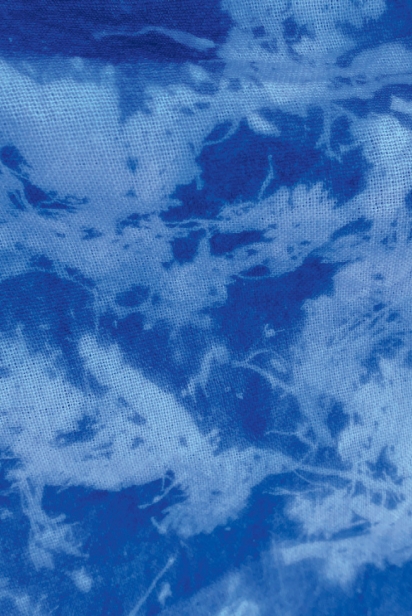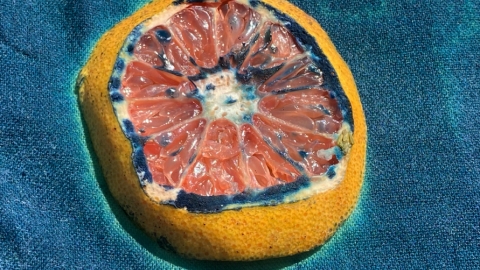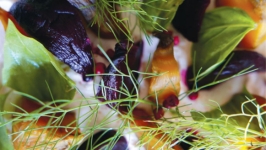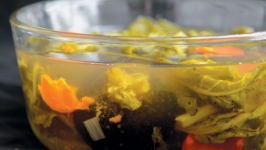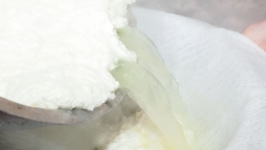Turning Food Scraps into Inks and Works of Art
How to turn food scraps into inks and cyanotypes
Ink-making is a process of curiosity and play for me. What color can I keep from a plant, and how do I use what gets composted in creative ways? It’s looking at the red of beets and wondering how to preserve it or wondering what could be done with a pile of pecan shells after an evening of sitting on a kitchen floor helping a dear friend prepare Thanksgiving pies. Just to continue the fun later into the night.
The same curiosity goes into cyanotypes, an image-making process that uses chemicals to leave a blue imprint after exposure to the sun. The first photo book, Photographs of British Algae: Cyanotype Impressions by Anna Atkins, was created with cyanotypes in 1843. The process also was used by architects when making building blueprints. For me, the process is a relational celebration of sunlight, friendship and community— done with scraps that didn’t make it into a meal.
During the February freeze, without power, I couldn’t keep up with the food in my fridge. To not let things go to waste completely I made cyanotypes. Now I give them as gifts to friends—art made during a few days with no water or electricity from vegetables that were useless otherwise. It’s set the tone for life lately. I have no control over what may rot, but I can make something beautiful before things have totally gone to waste. The more current iterations are collaborating with my mom to make a cyanotype quilt, and with Anne Benedicte Houang on a project called Embrace My Stories, where we share stories, make photos and spend time with FAM Houston’s Women Empowerment Group at their farm Shamba Ya Amani, which is an Urban Harvest Affiliate Garden.
Vegetable inks and dye have a similar connection for me. The creativity required in both processes is integral to survival. When we engage with our environment and the people in our social sphere, meaning-making and thriving are possible. Avocado seeds and shells take on new life before they decompose. Marigolds from Local Flora outlast their role as cut flowers, becoming sunny dyed silk and cashmere, or their pecans become warm brown ink to paint with or write letters (with the right consistency). Playing with my food becomes an art of living.
Interested in making your own inks? Here are INSTRUCTIONS & RECIPES!


